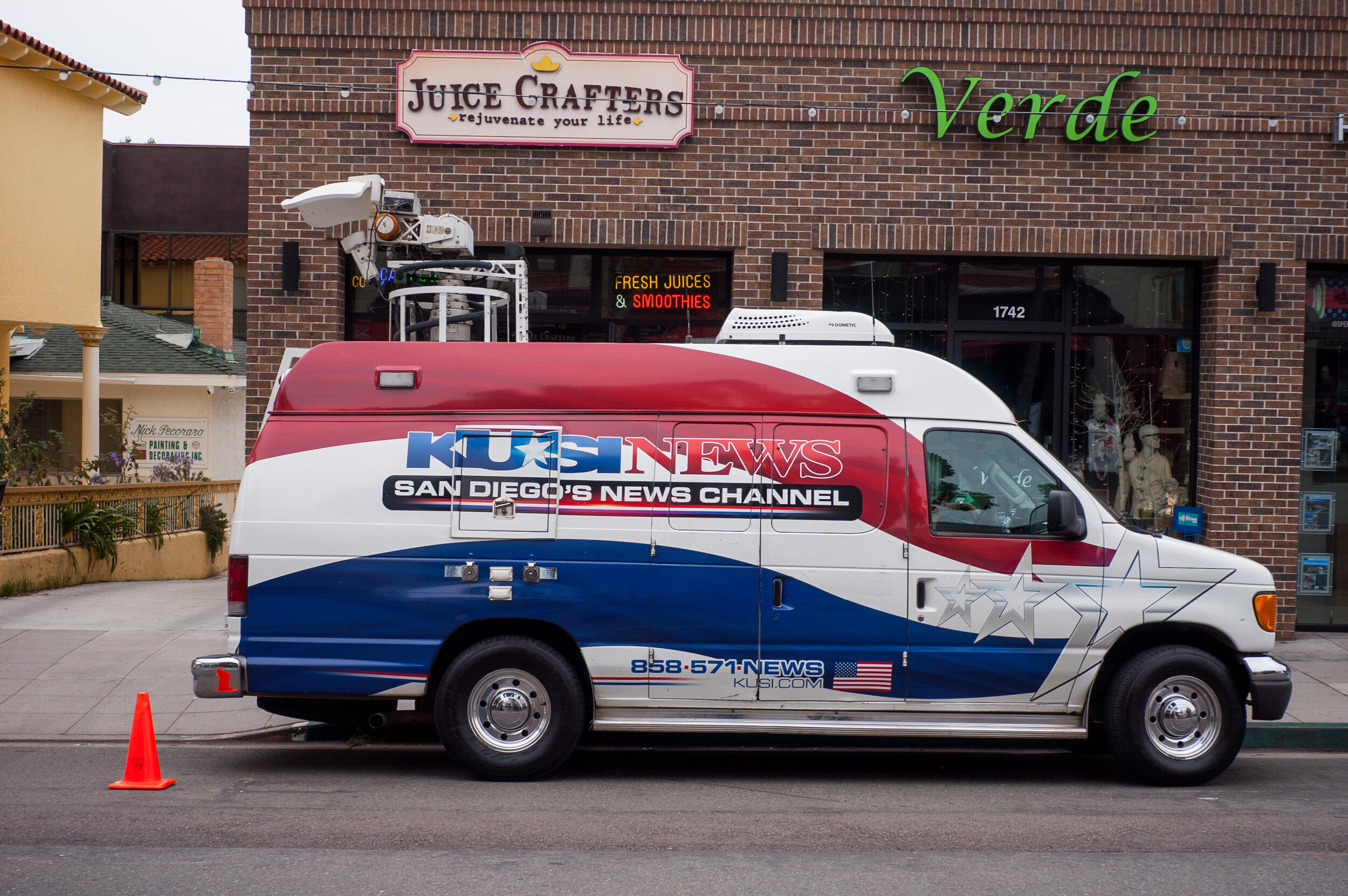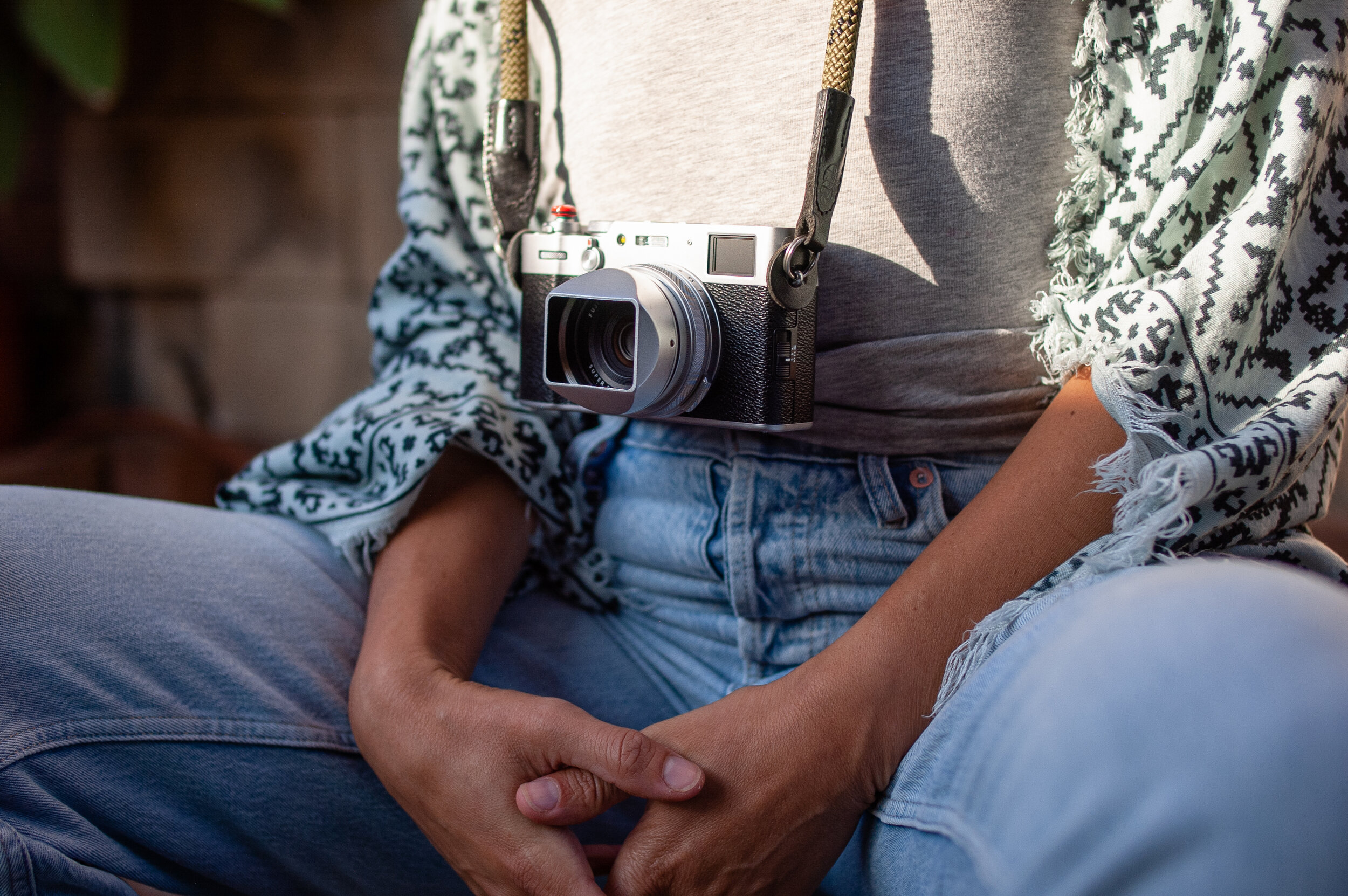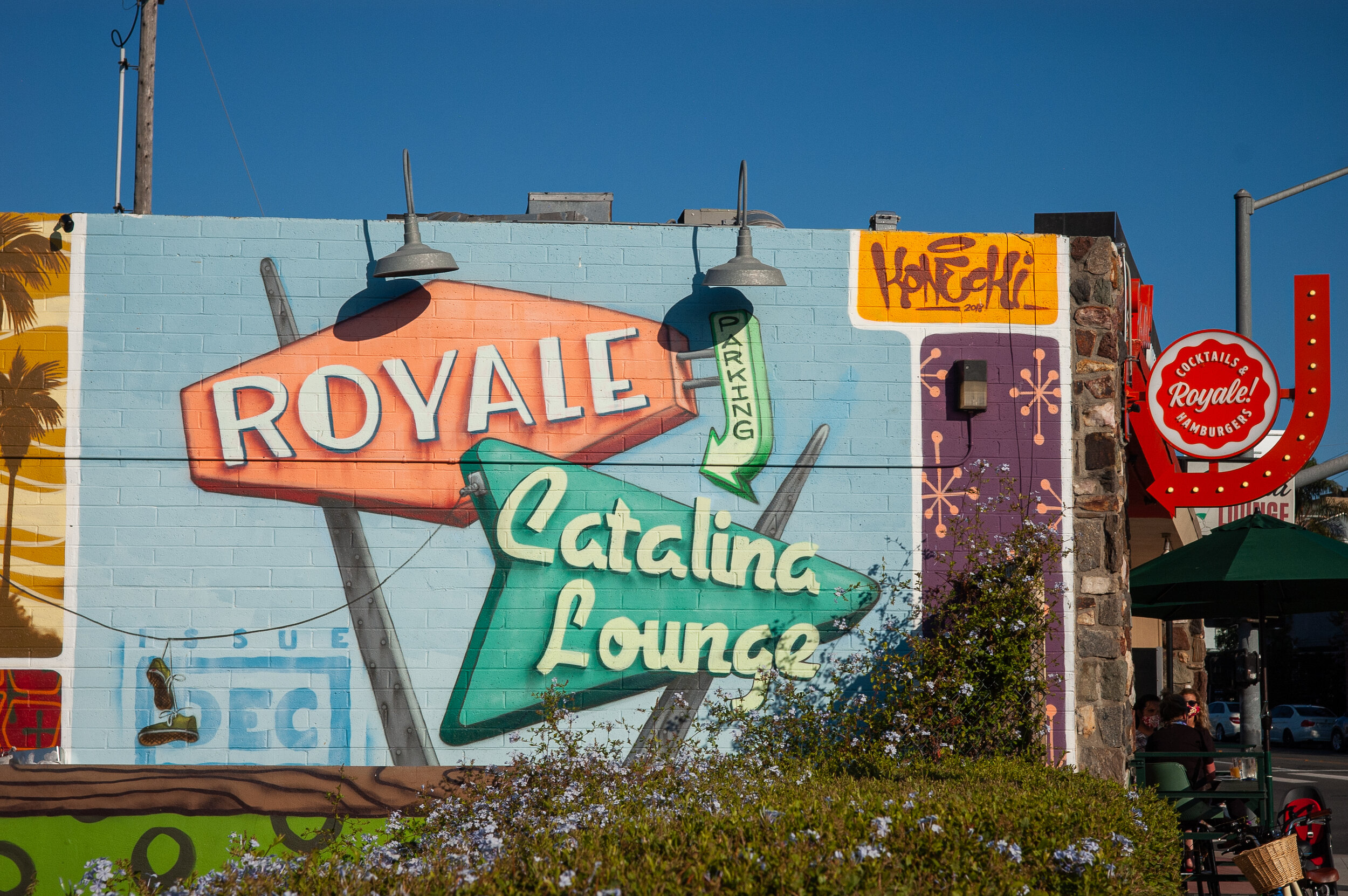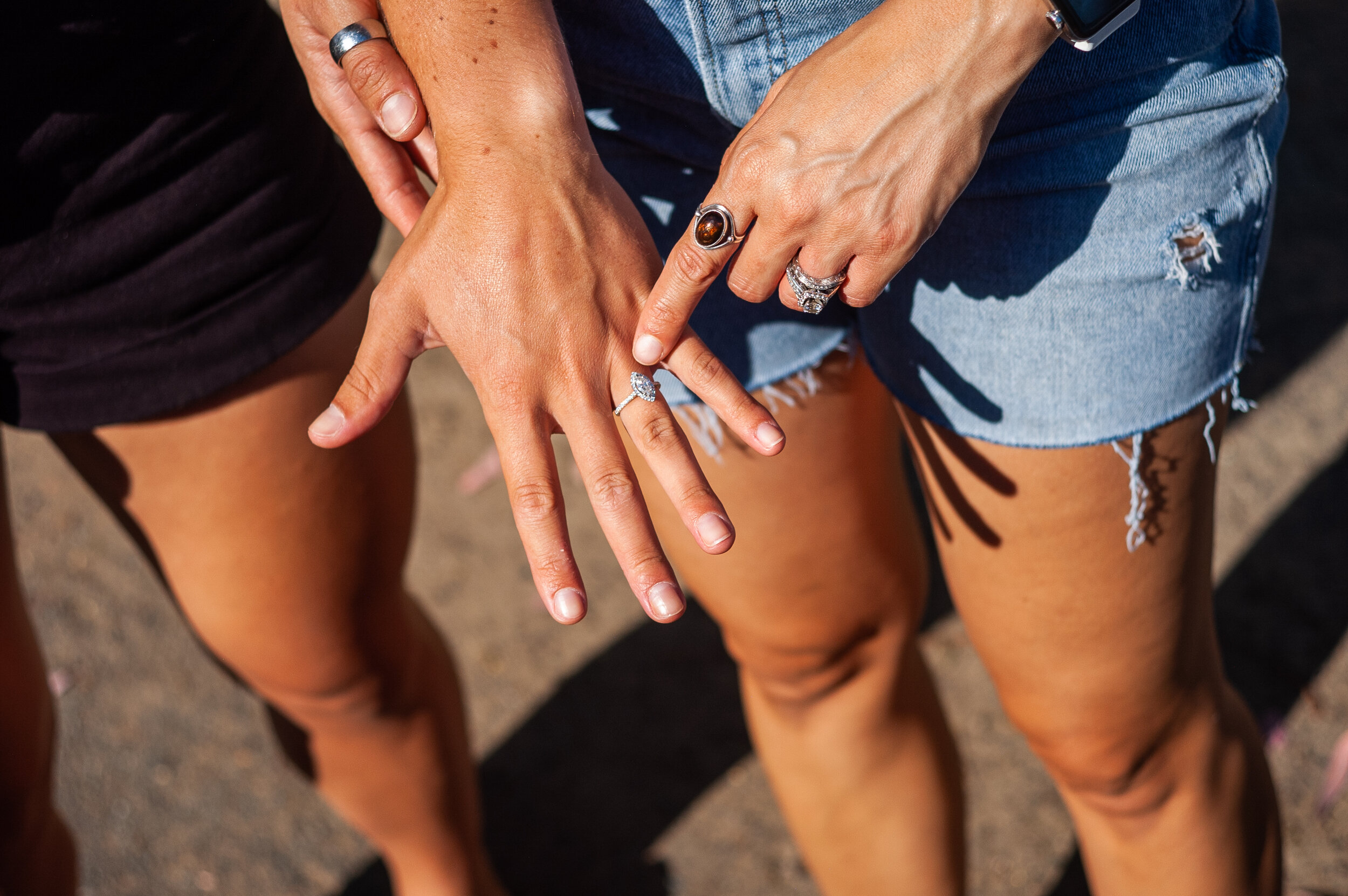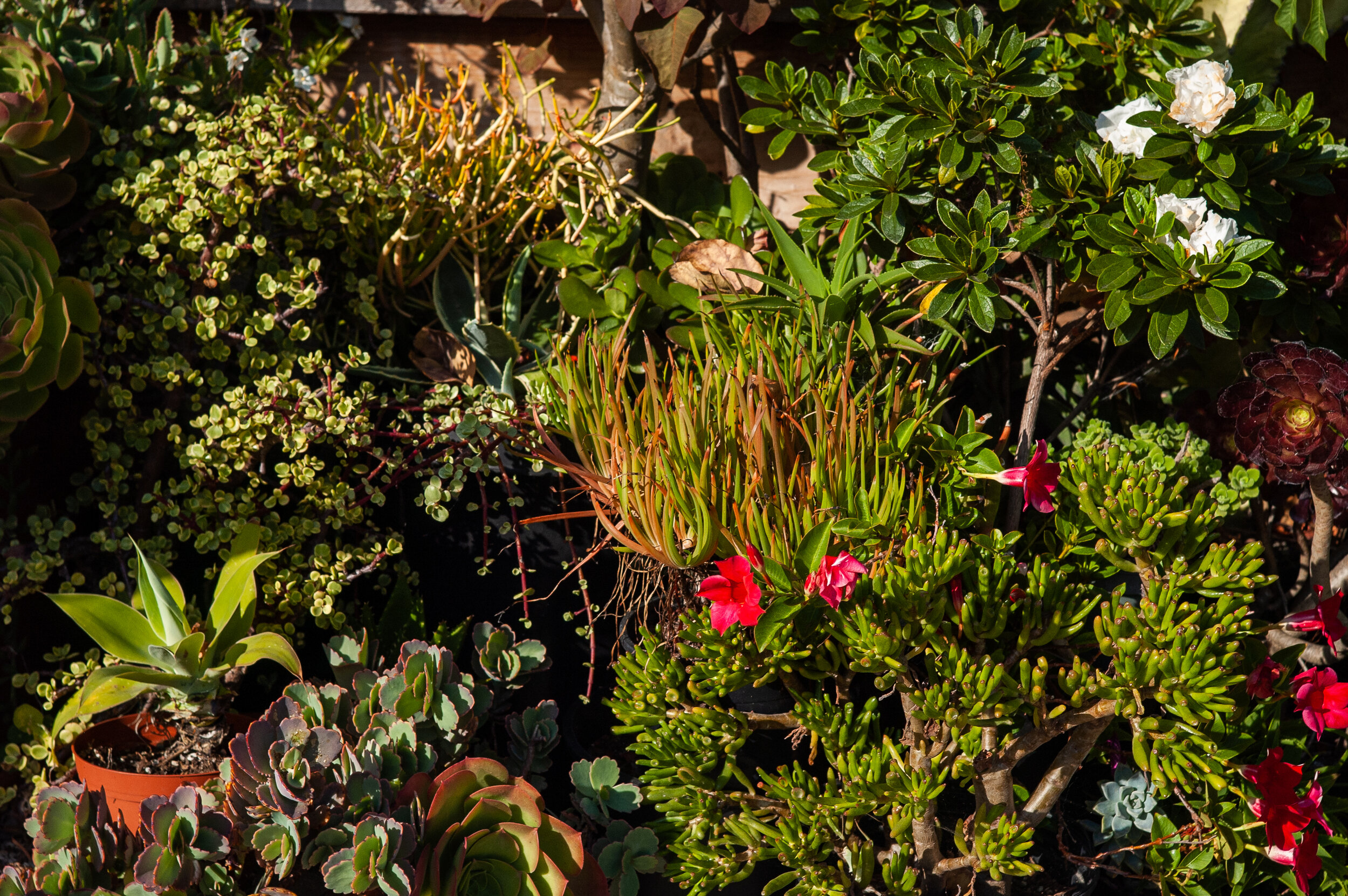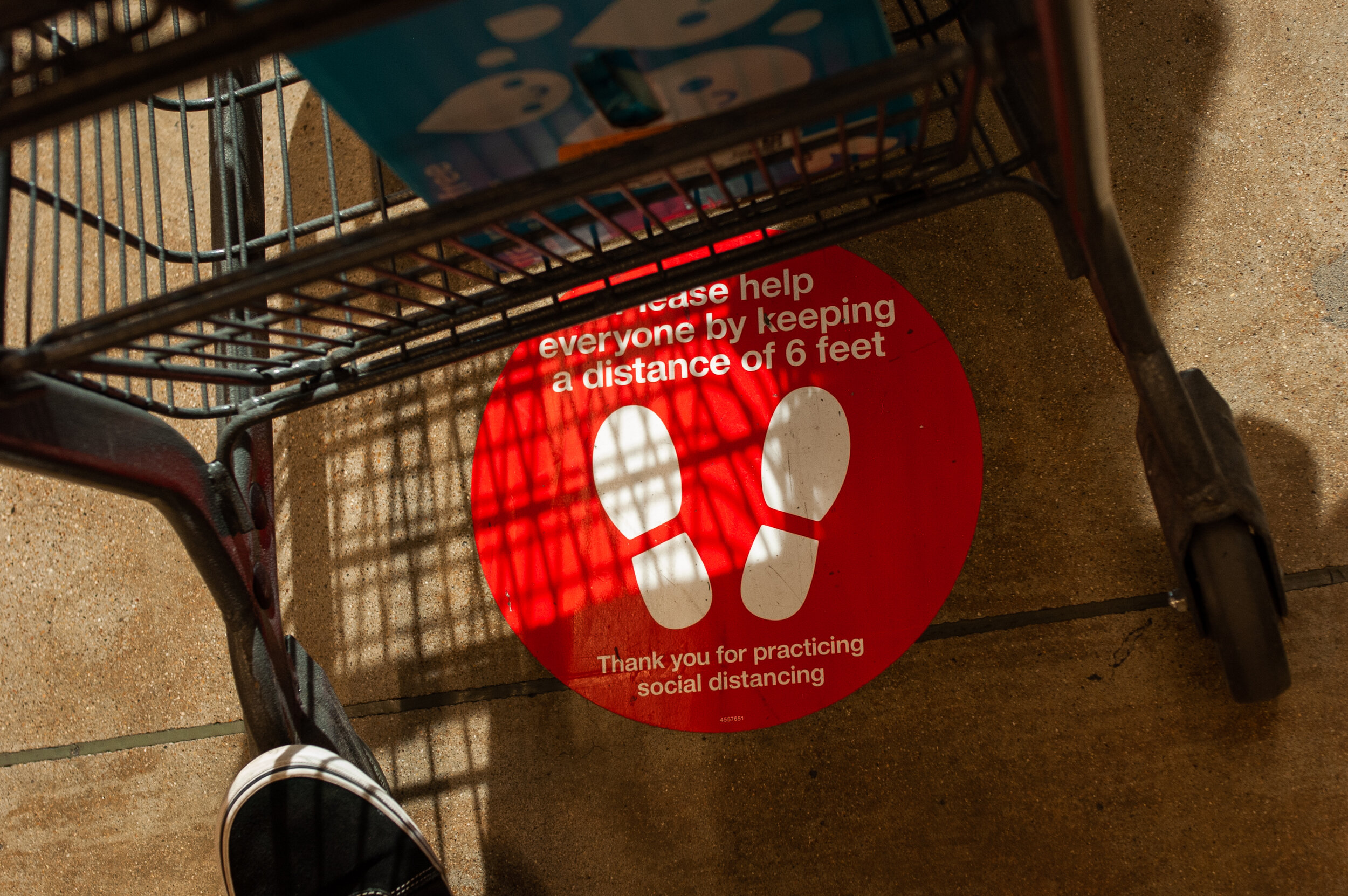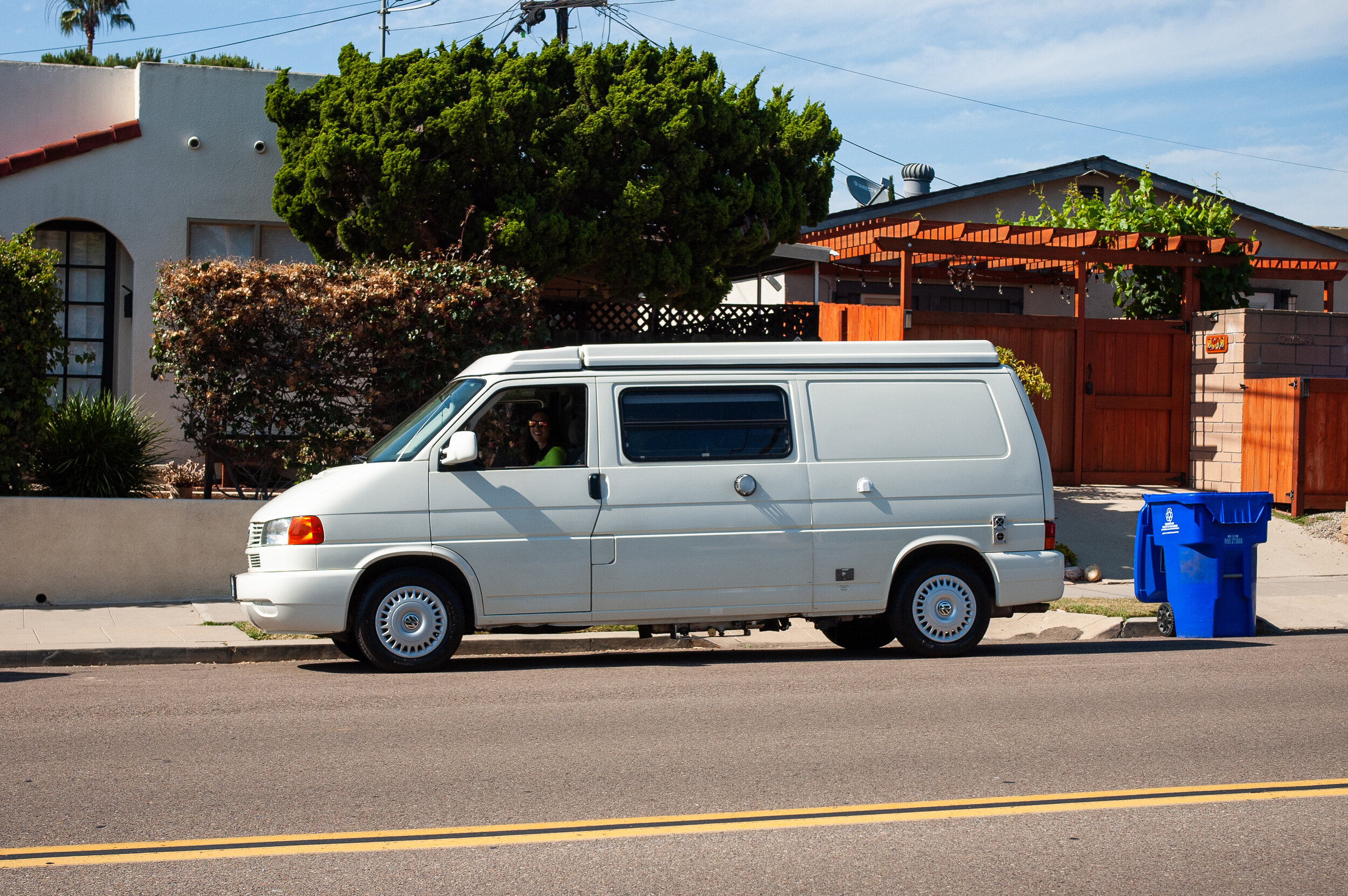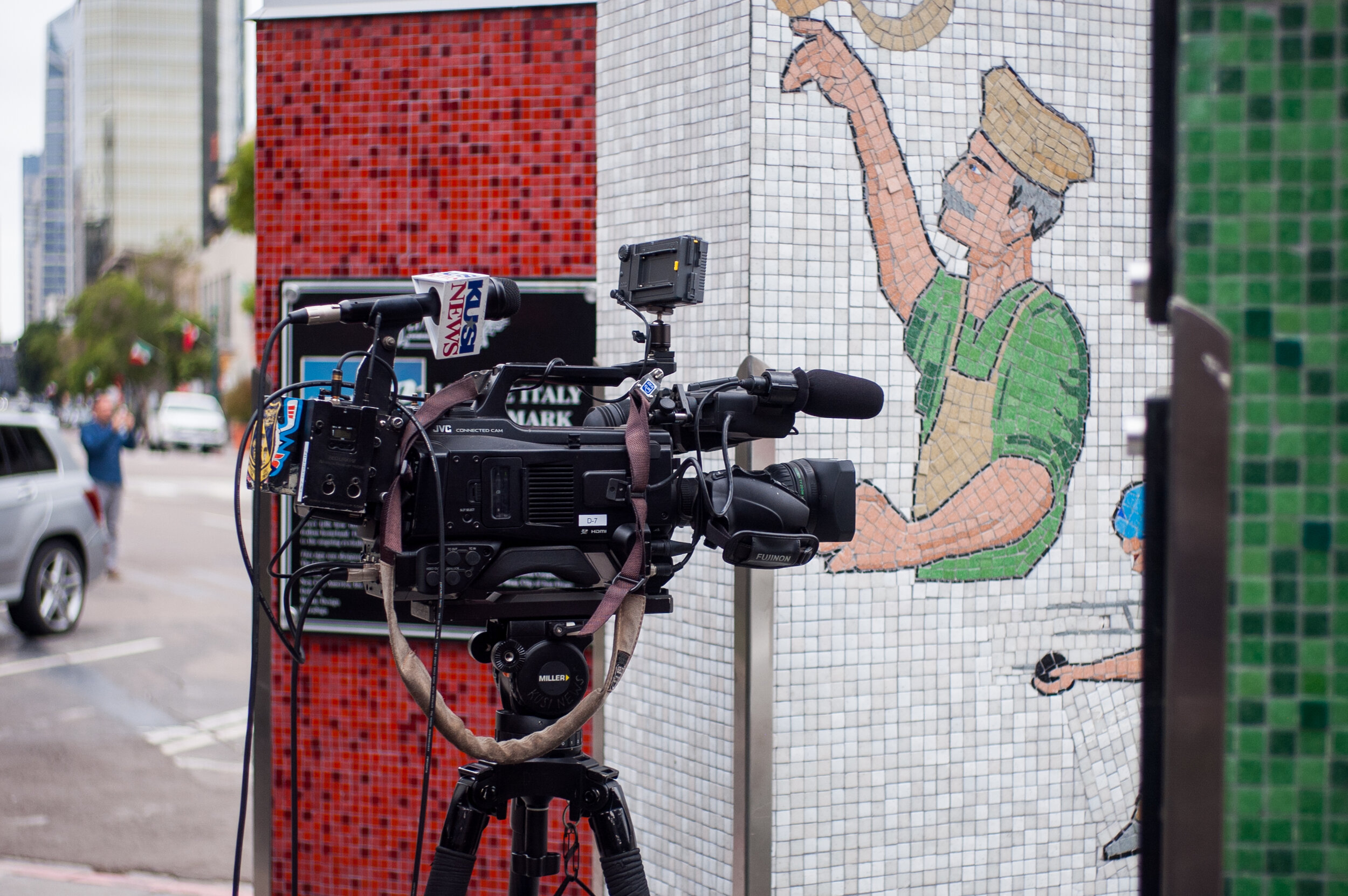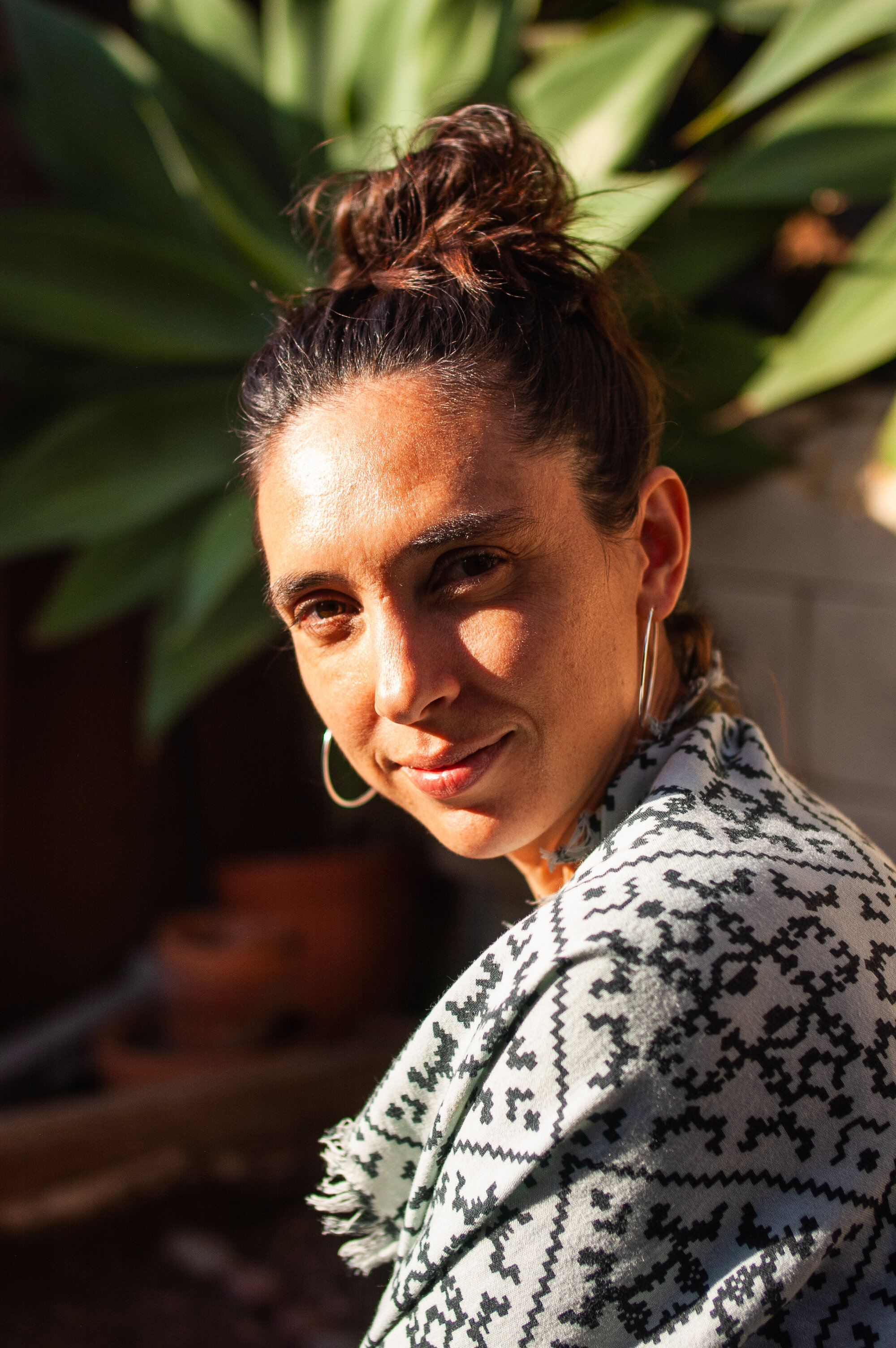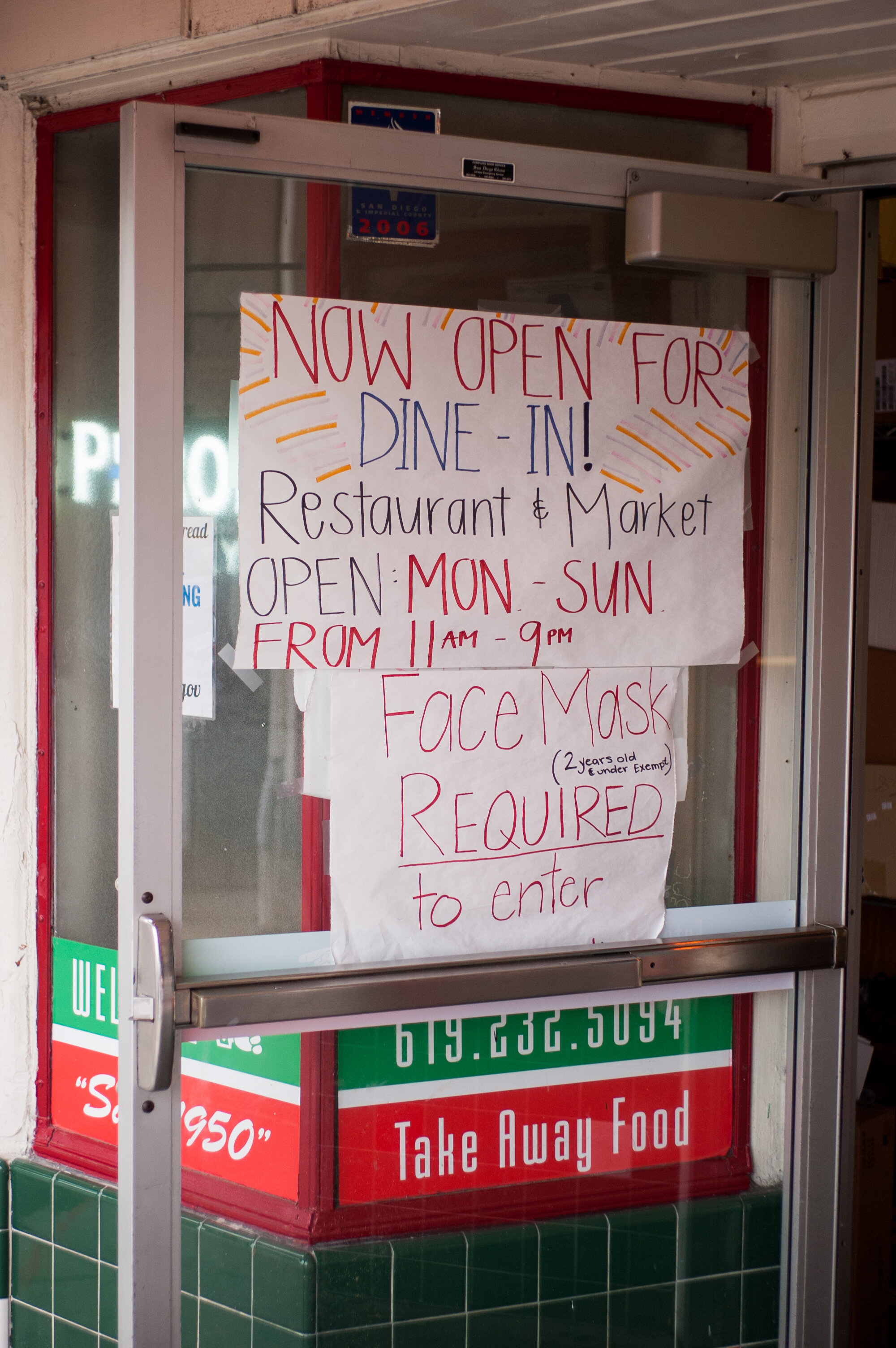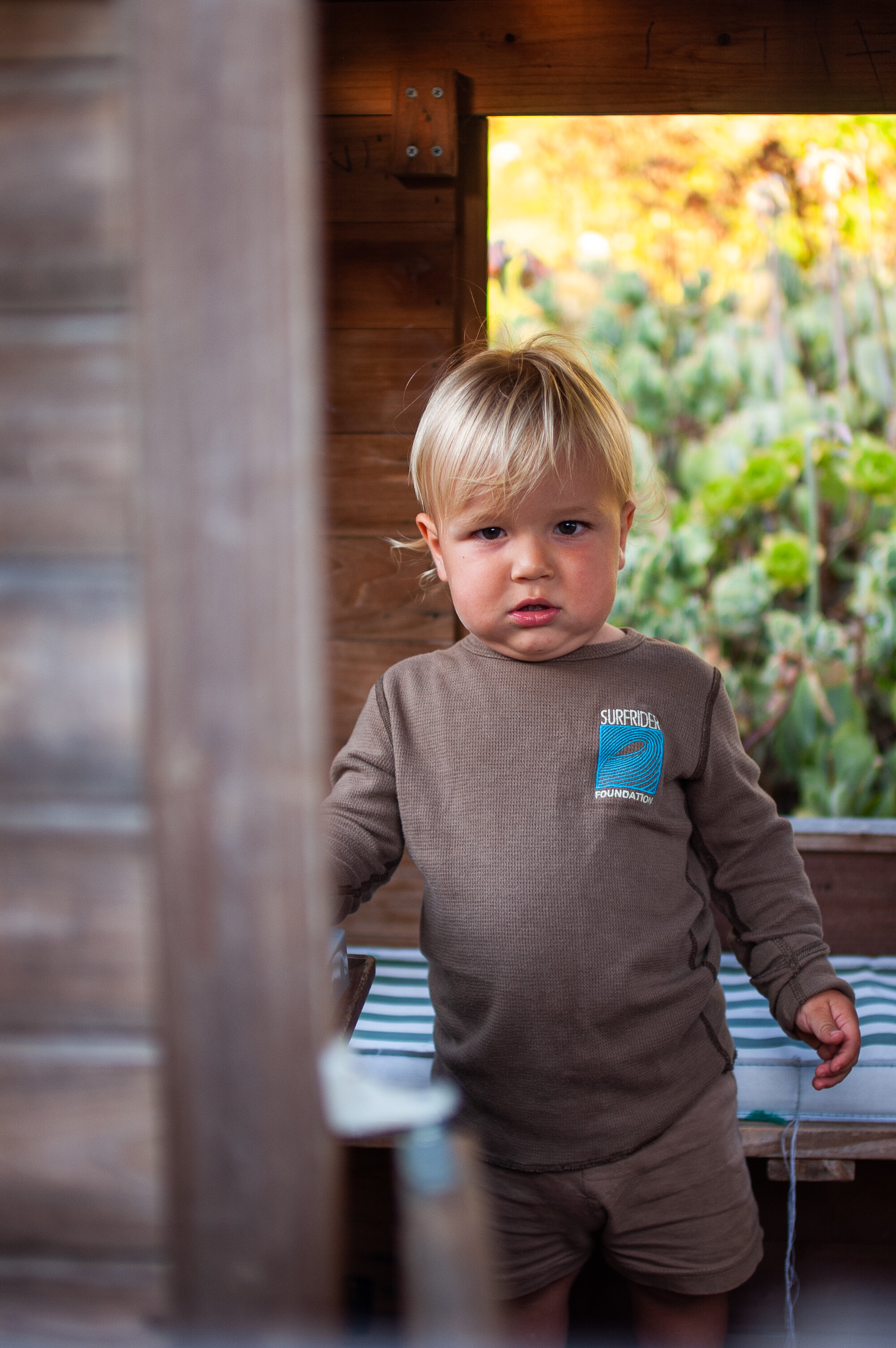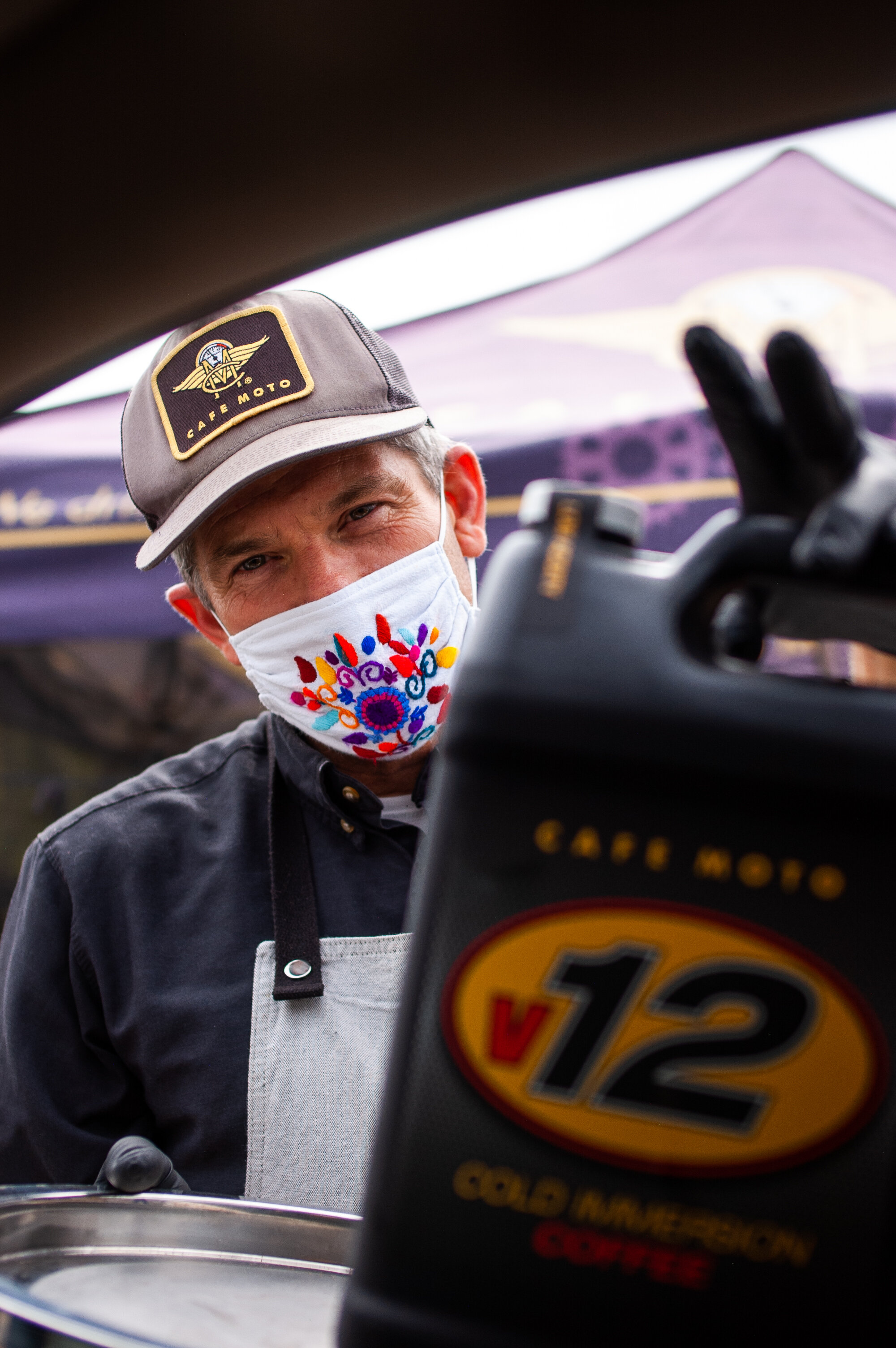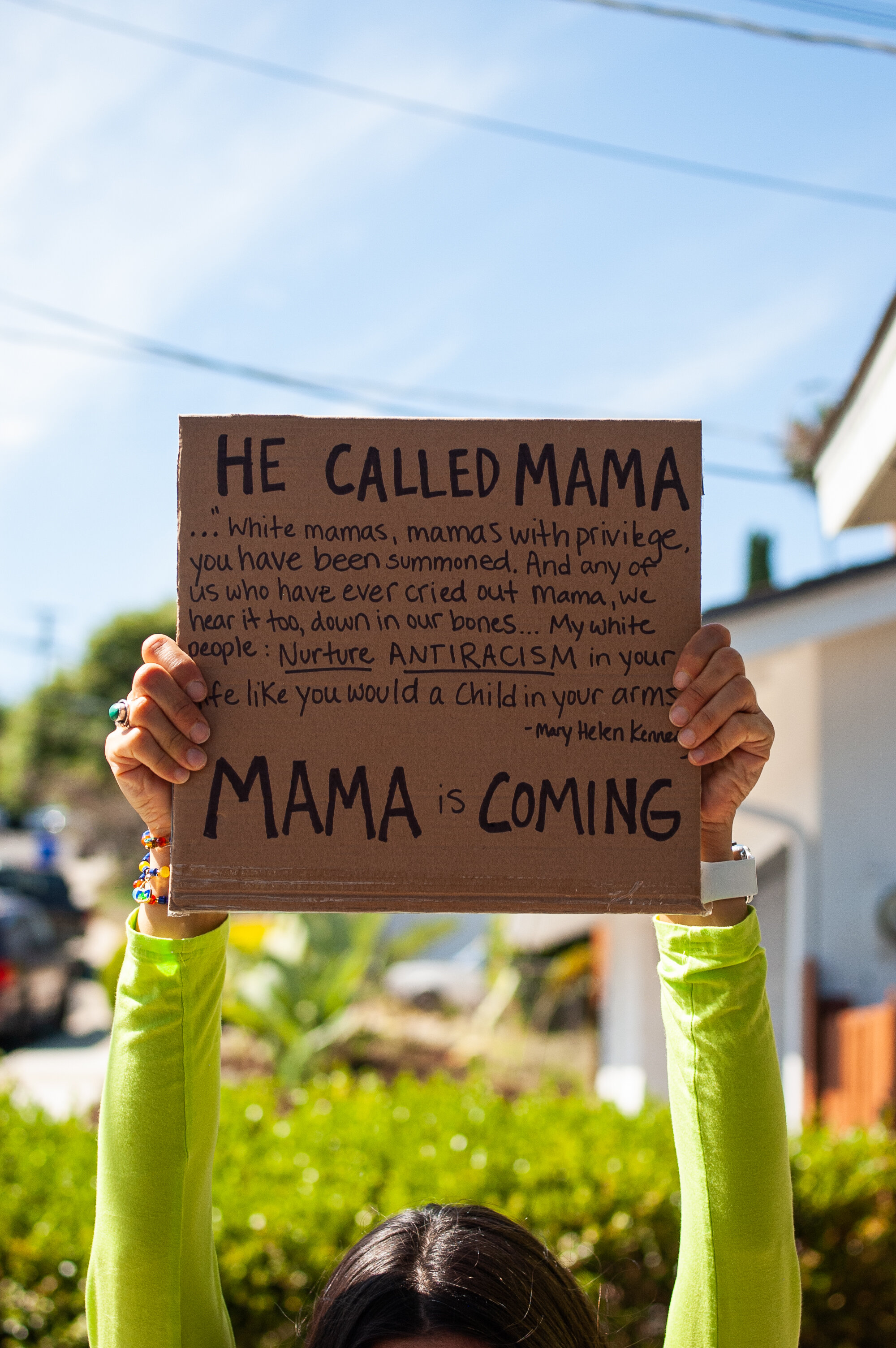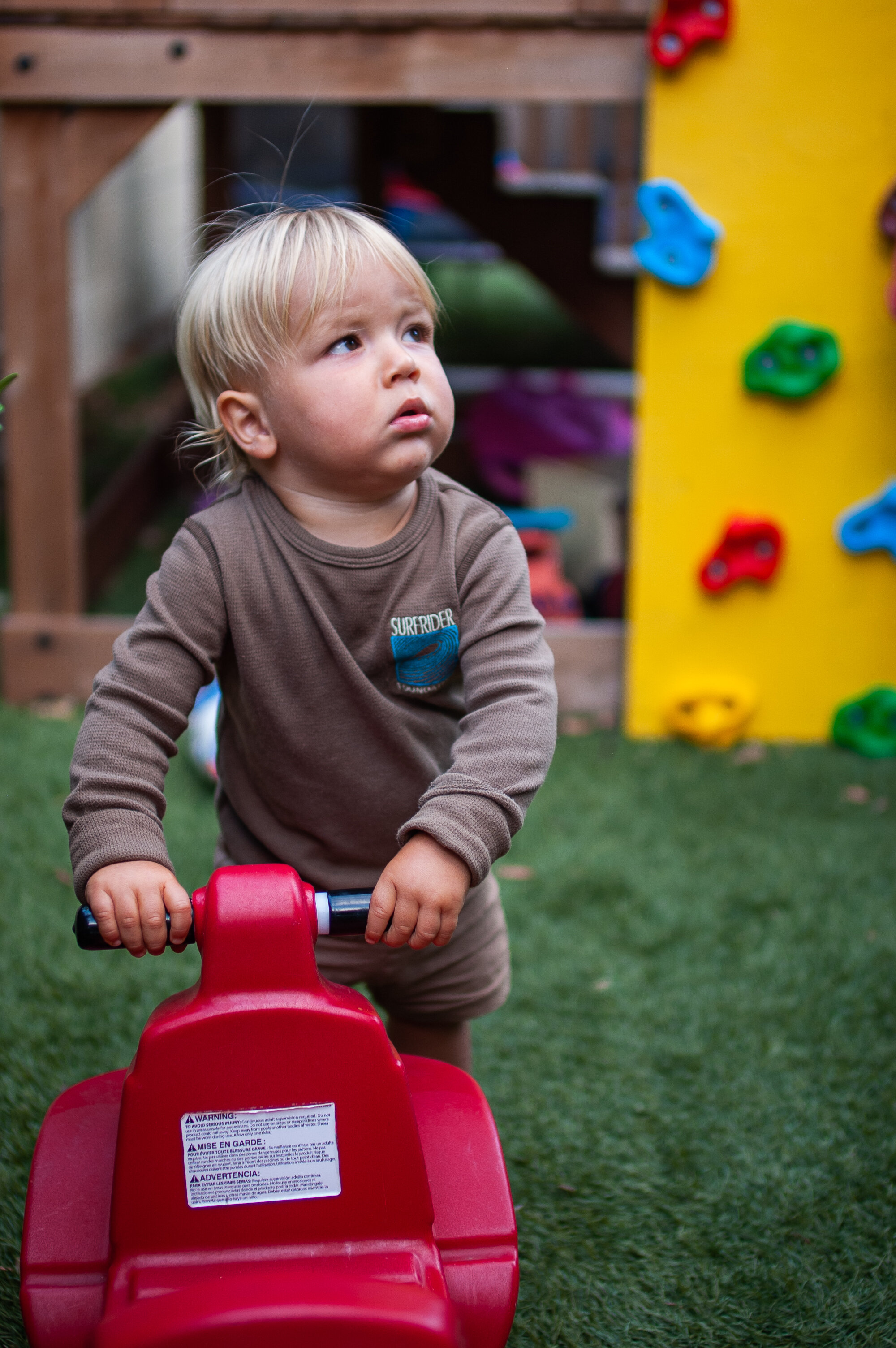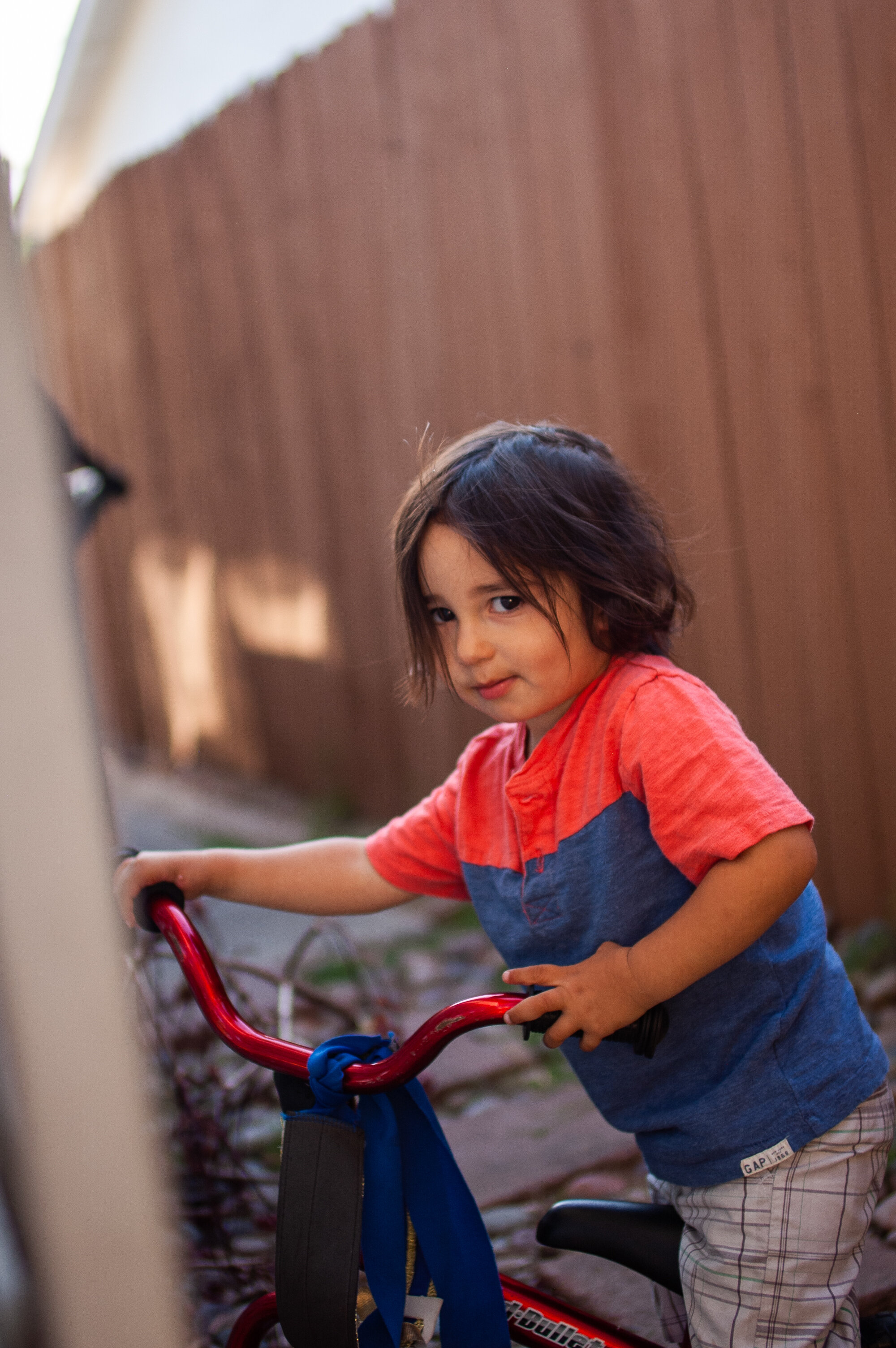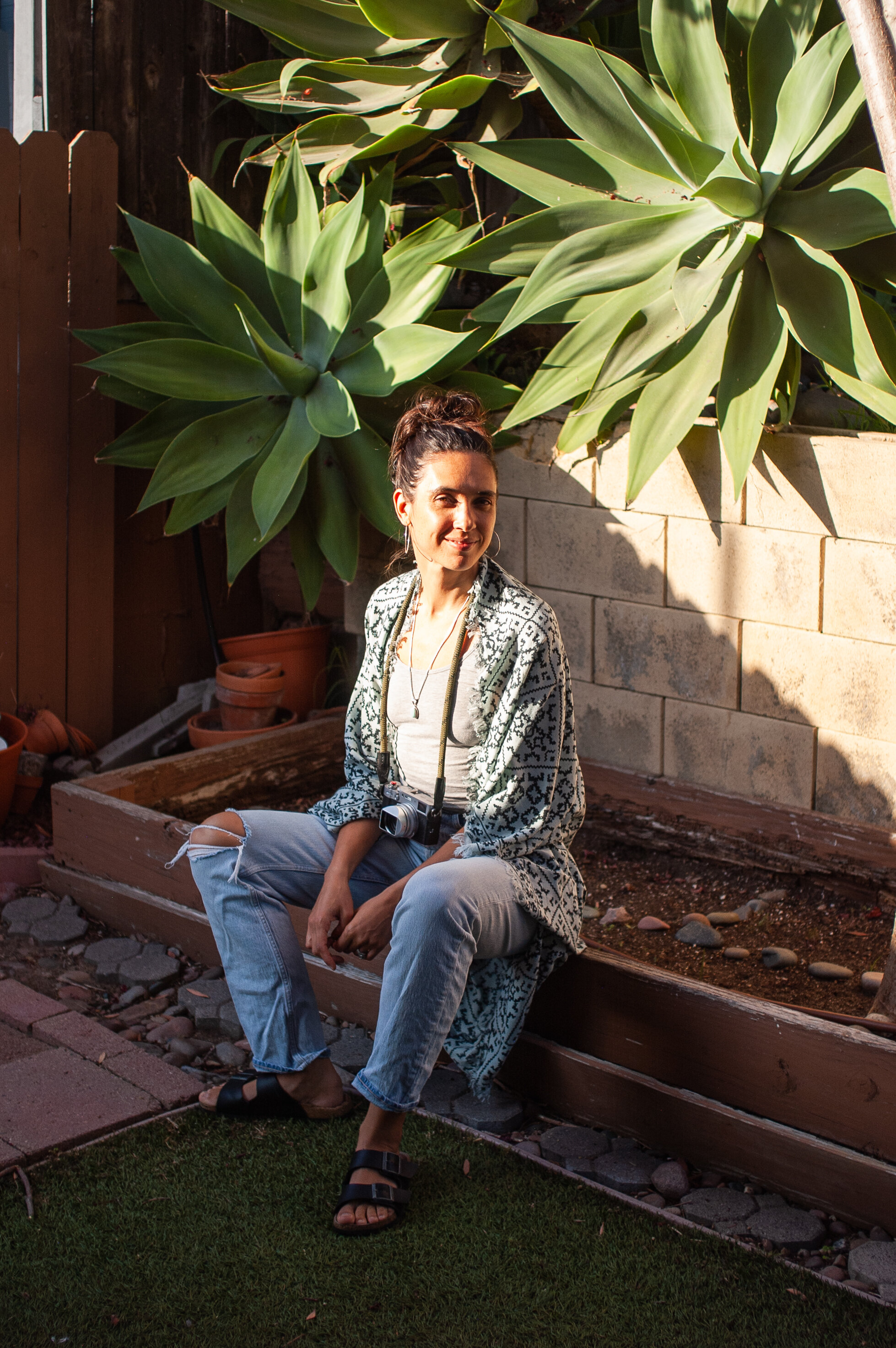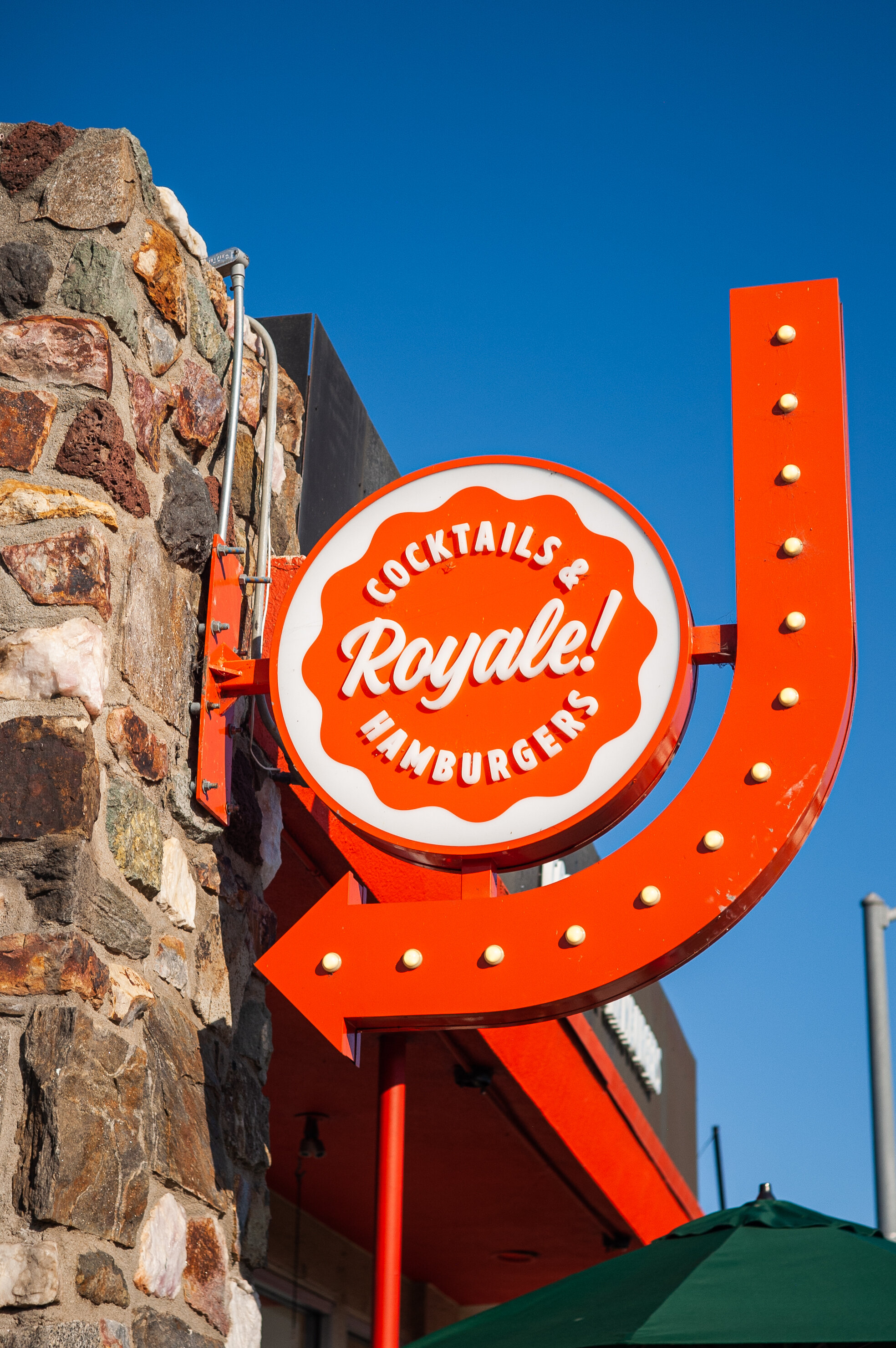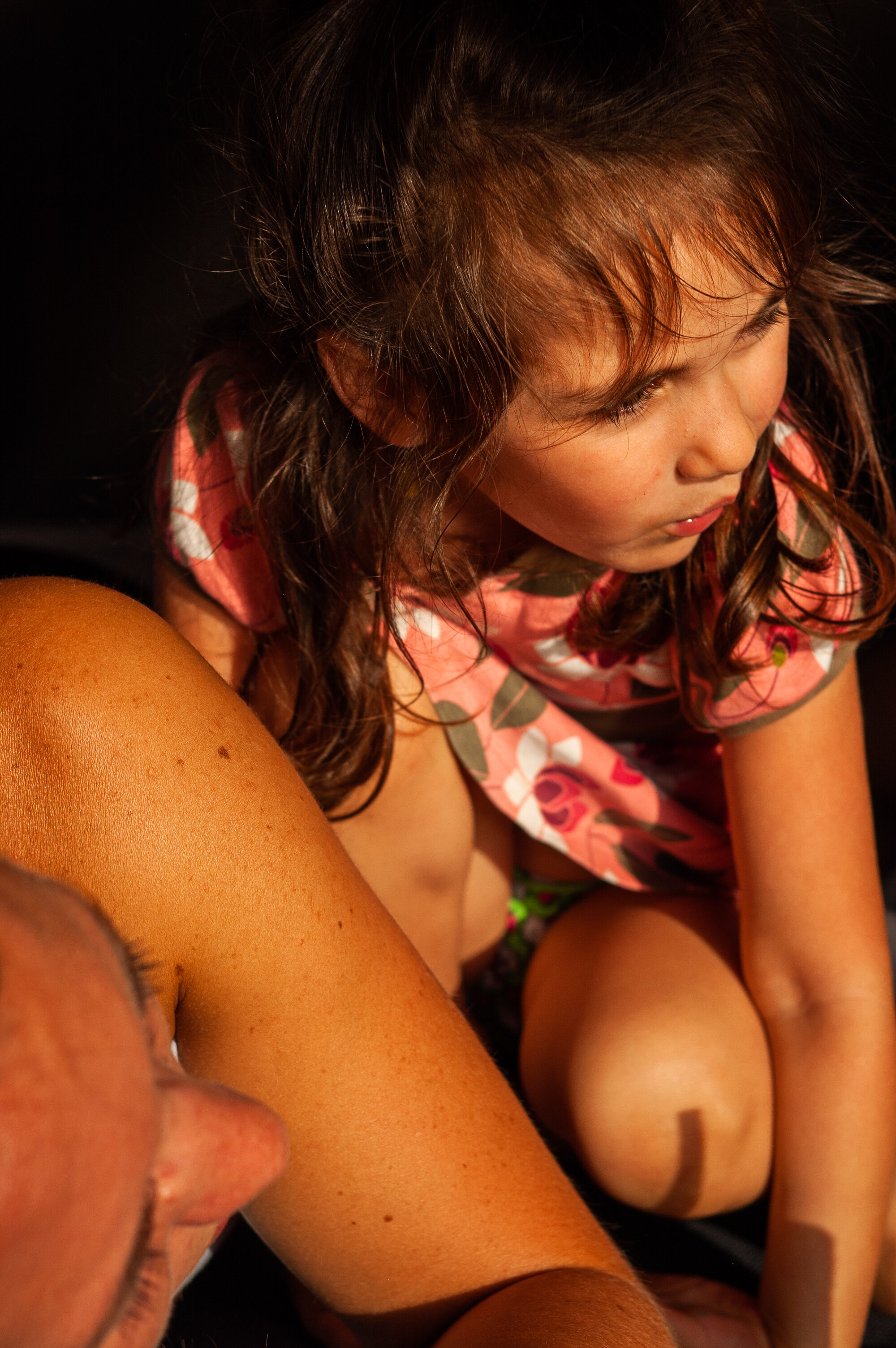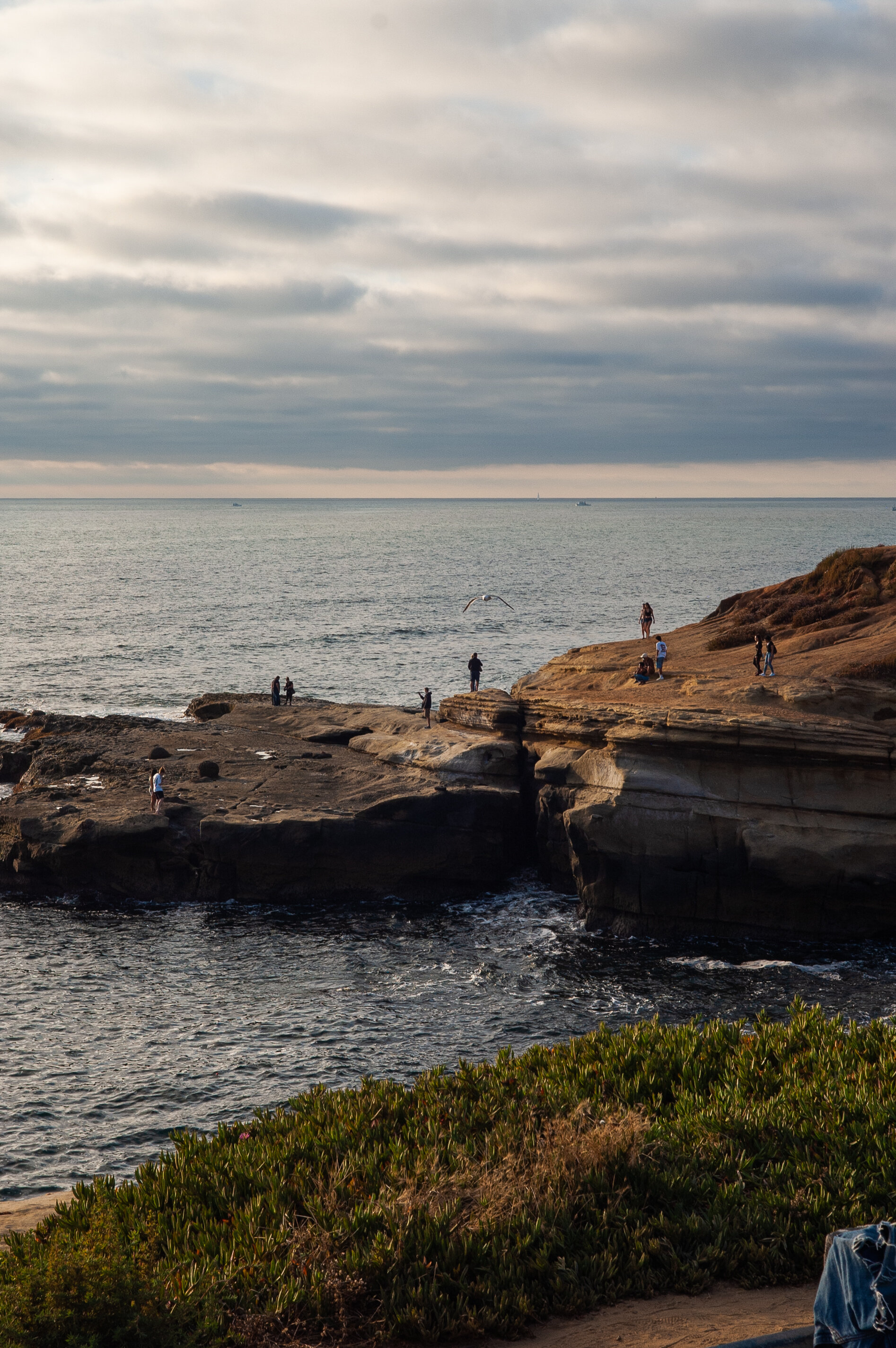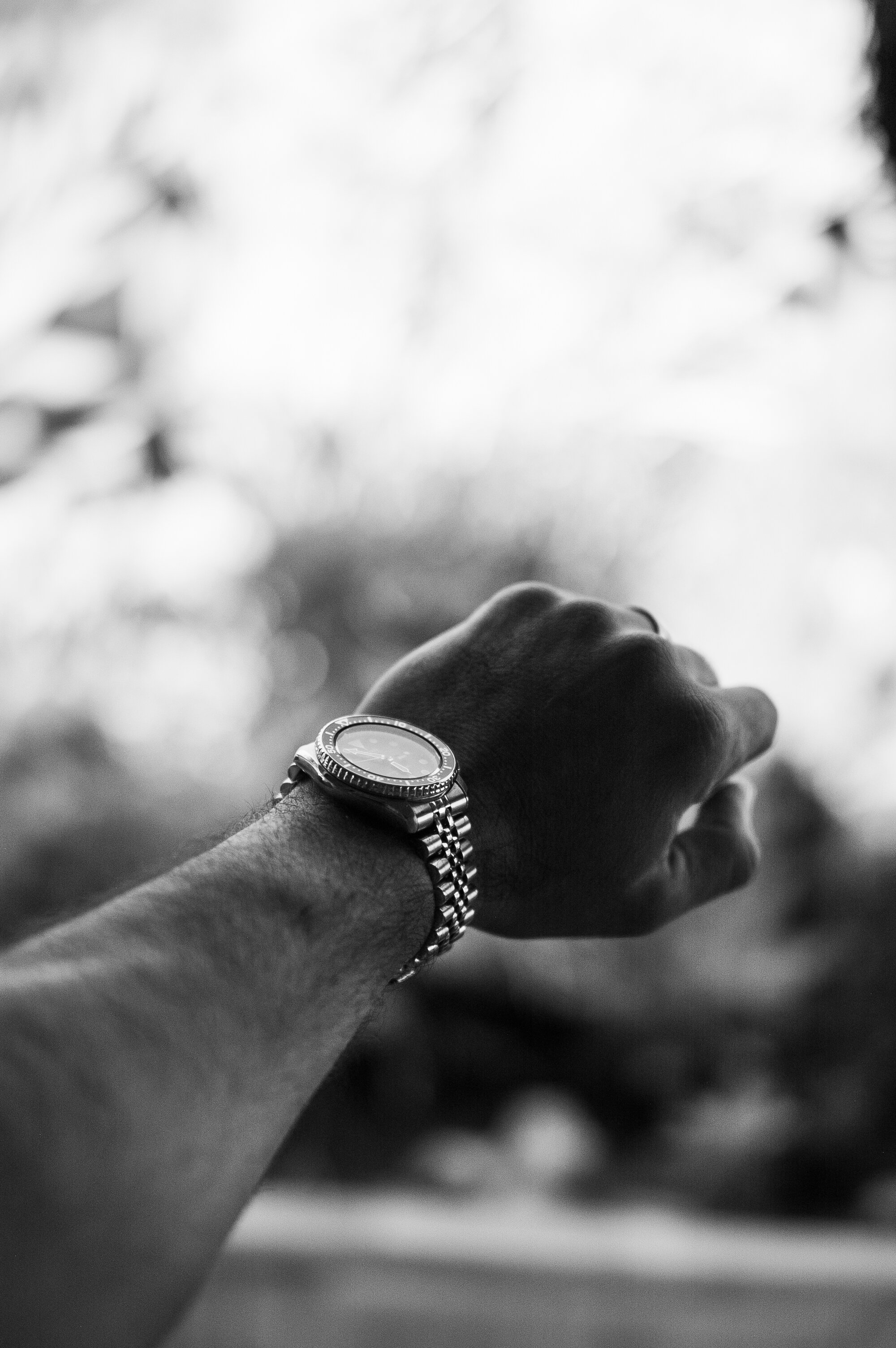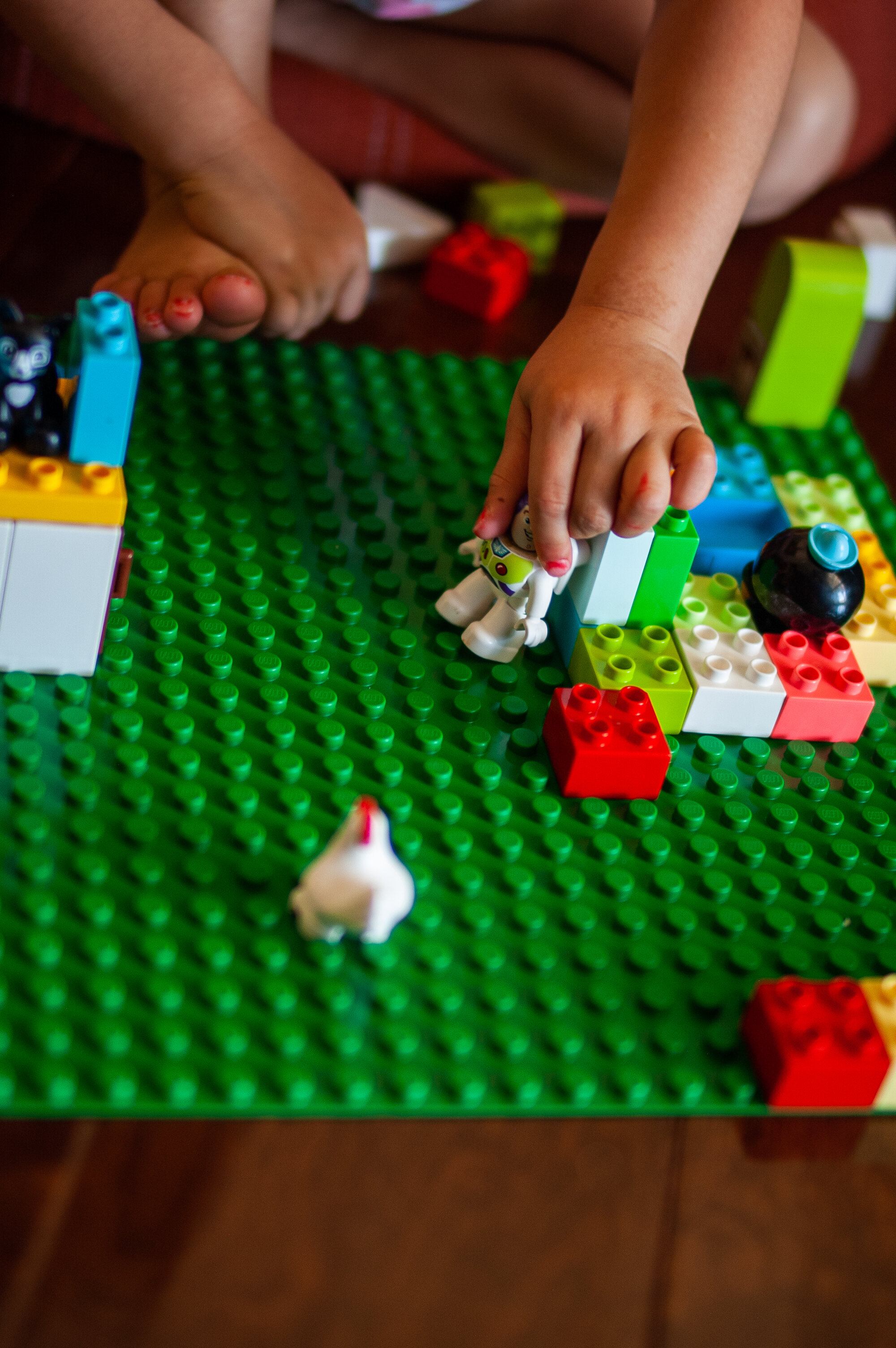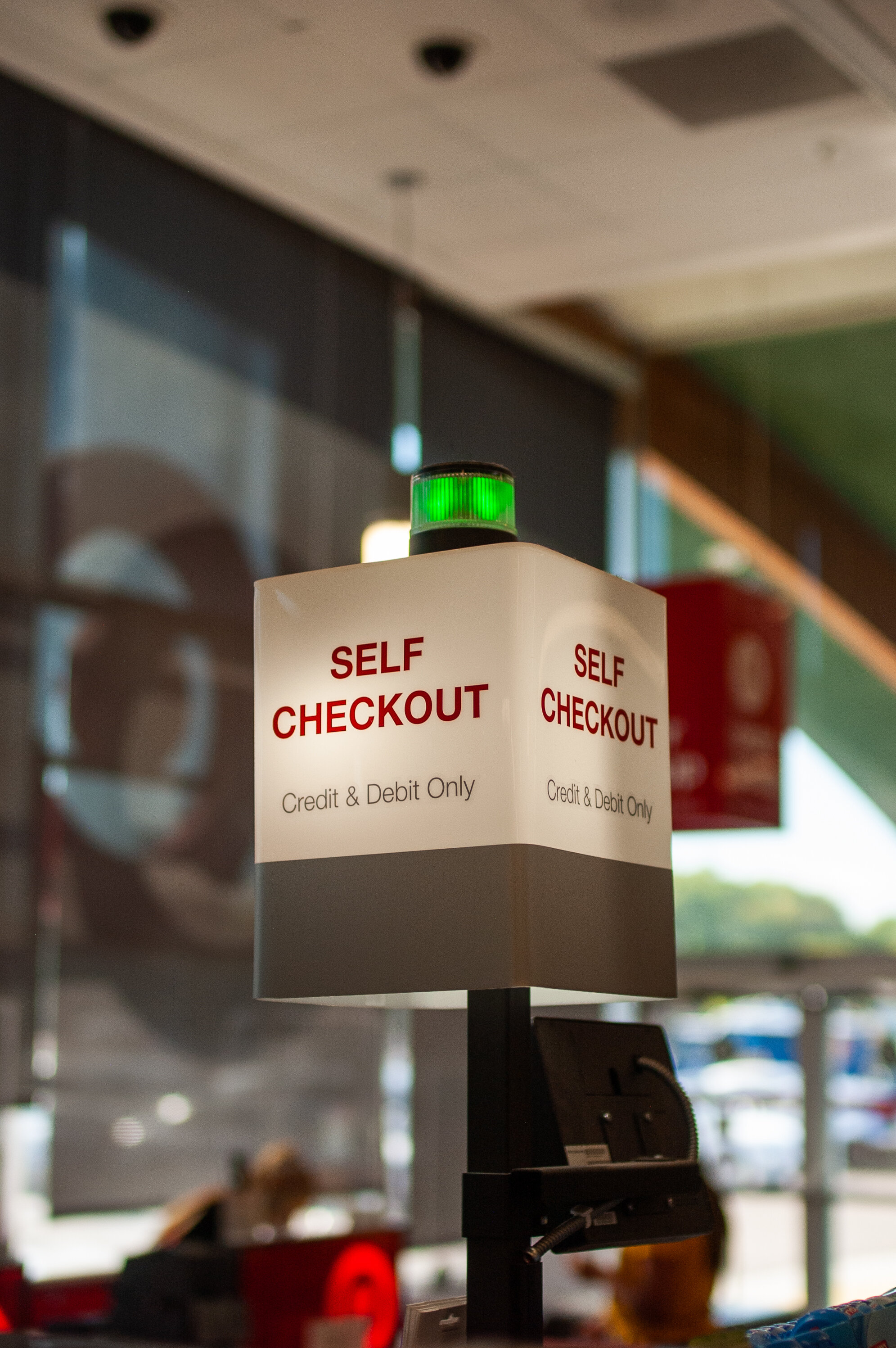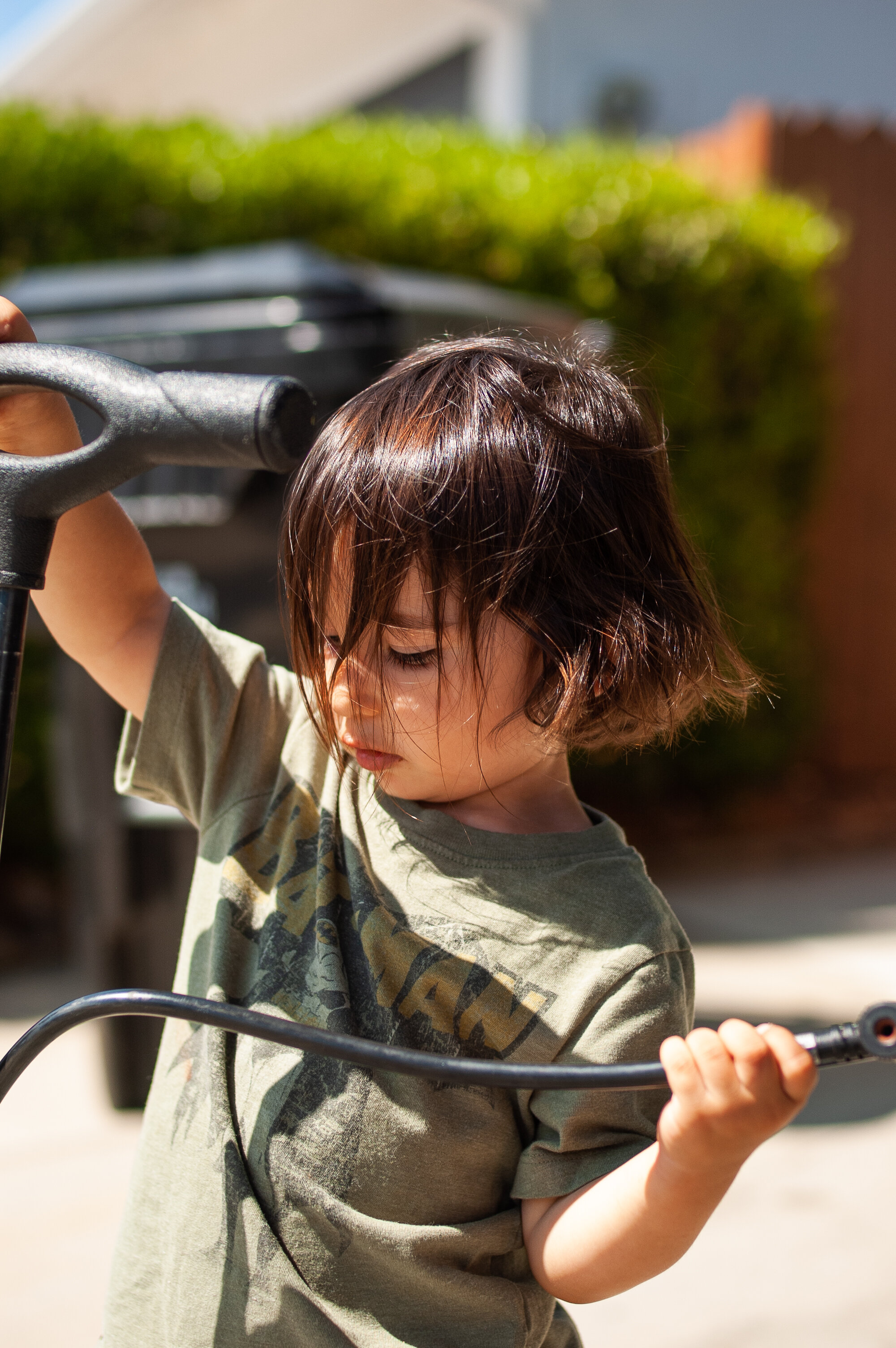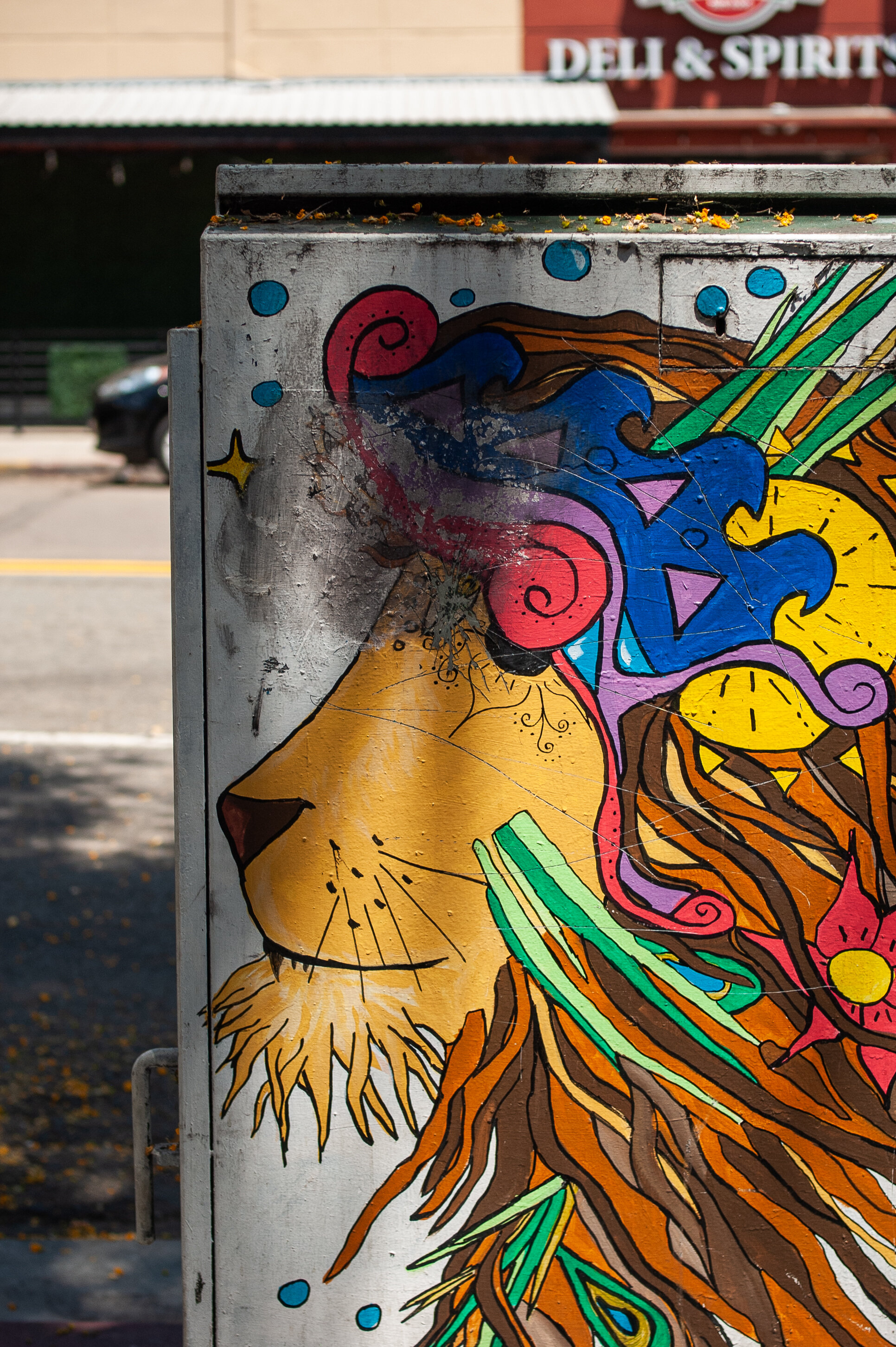//Battle of the CCD\\
We love ourselves unique cameras. Cameras that provide a special experience and an IQ to their images that make it worth any quirks or quibbles. Two of these unique cameras are the Leica M9 (M9P) and the original digital rangefinder, the Epson RD-1 (RD-1s via firmware update). We thought it would be a good time to compare these two cameras, especially focusing on their straight off sensor color palette and look.
Leica M9’s are known for their fantastic color, largely attributed because of its Kodak CCD sensor. We wanted to shed some light on its older cousin, and CCD based, Epson RD-1 because we think its colors are just as good if not better. I know, I know… blasphemy.
The Epson RD-1 came-out in 2004, and two different companies were involved in the development of the R-D1 product. Cosina was responsible for the classical body, well-known to connoiseurs and based on the famous Bessa R2 housing, along with all mechanical elements and the photometric components of the camera for control of exposure and focus. Epson provided all components involved with the recording and electronic processing of image data - including the CCD sensor [resource link here]. The viewfinder is a 1.0X magnification, it has a swiveling (and thus disappearing) rear LCD screen as well as requiring the user to manually cock the shutter lever prior to taking an exposure, ahem a picture. Brilliant! If you are looking for the closest digital version of an analog rangefinder film camera, the Epson is it.
The Leica M9P was the professional’s Leica M9. The M9 being their first foray into a full-frame version of Leica’s M8 digital rangefinder. Its superbly hand-assembled, premium product with a brand that evokes all things luxury from its a few syllables. The Leica M9 has become a sort of gold-standard for which its newer counterparts get compared to and also their last CCD bodied rangefinder (ME included). The M0P builds on this with a better rear LCD with Sapphire glass, no Leica logo out front but otherwise maintaining the same basic body as the M9.
The differences between these two rangefinders are greater than their similarities. For one, the Leica’s 18mp CCD sensor is 3 times more megapixels than the Epson’s paltry 6.1mp. It’s a difference that makes itself apparent when printing larger than 8x10 but for social media or moderate prints as 5x7’s you can’t tell a difference. Materials are different too, with the Leica employing brass top and bottom plates while the Epson uses more mundane metal materials. Both do feel nicely weighted and built in their own right but edge for build most certainly goes to the Leica. The framelines on the Leica are automatic and pop-up correctly depending on the M-mount lens you mount to it, the Epson requires you to choose between 50/28/35 via a top-mounted selector. The gauges on the Epson are nowhere to be found on the M9, or another Leica product, and provide immediate information regarding battery level, Raw/Jpeg quality, white balance setting as well as how many images are left available on the small 2gb max SD card. Plus, adjusting these parameters can all be made from buttons and selectors on the outside of the camera, including ISO and exposure adjustments! The Leica requires menu diving. I’d venture to guess the lack of buttons, gauges and selector switches would make the M9P more weather friendly than the Epson which could definitely be a good thing in rainier climates.
For the below image comparisons, we took a Leica M9P with a Leica Summicron 50mm f2 V5 set at AWB, ISO 200 and a 5.6 aperture against the Epson RD-1 with Voigtlander 35mm f2 Ultron set at AWB, ISO 200 and a f4 aperture. We then brought all images into Light Room and made only contrast (+35), shadow detail (+25, highlights (-47, and blacks (-22). For the Epson we had to bump-up exposure on most images as it shoots underexposed on aperture priority, prioritizing faster shutter speeds, and set all of the Leica files to match the better white balance set forth by the Epson. Thats it.
Leica M9P
Epson RD-1
Leica M9P
Epson RD-1
Leica M9P
Epson RD-1
Leica M9P
Epson RD-1
Leica M9P
Epson RD-1
Leica M9P
Epson RD-1
We will let you decided which colors suit your needs best. If you shoot strictly black and white you may care much less about the color tones than the fact one is a full frame while the other is “just” APS-C. Also, we didn’t look at higher ISO performance, but can say beyond ISO 640 you pay penalties with the M9 that arguably aren’t there at ISO 800 (maybe even 1600) on the Epson RD-1. More to come from a proper test though. In the end you really can’t go wrong with either camera. And we have to recommend that if you are thinking of purchasing either one you jump on it before their prices continue to climb. They aren’t for everyone, but for those that value shooting experience and unique ability to use M-mount lenses and and produce images with a quality hard to duplicate, these are two of your only choices.
Epson RD-1 sample images below…
